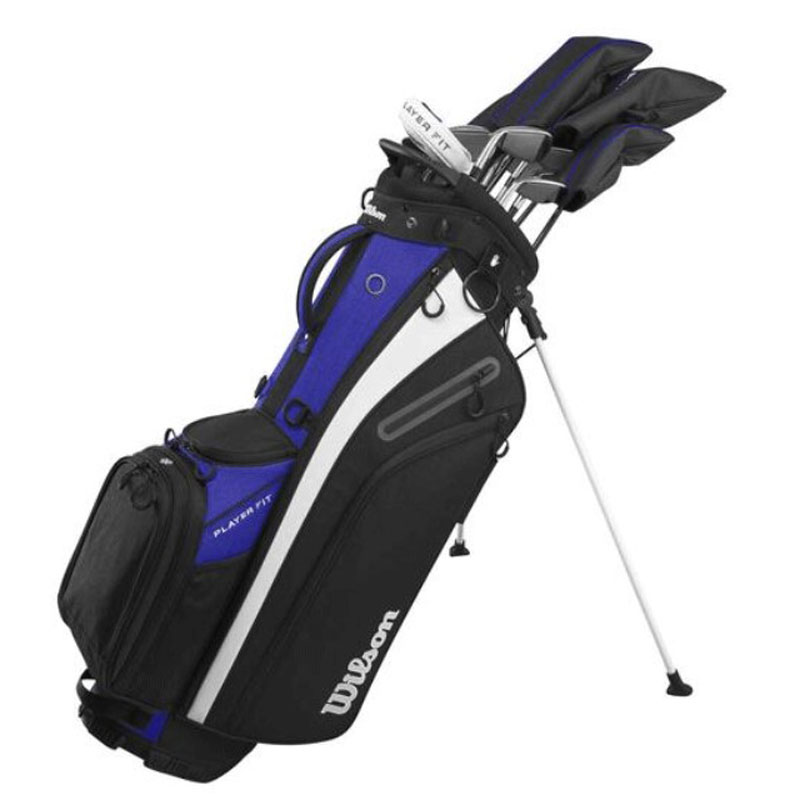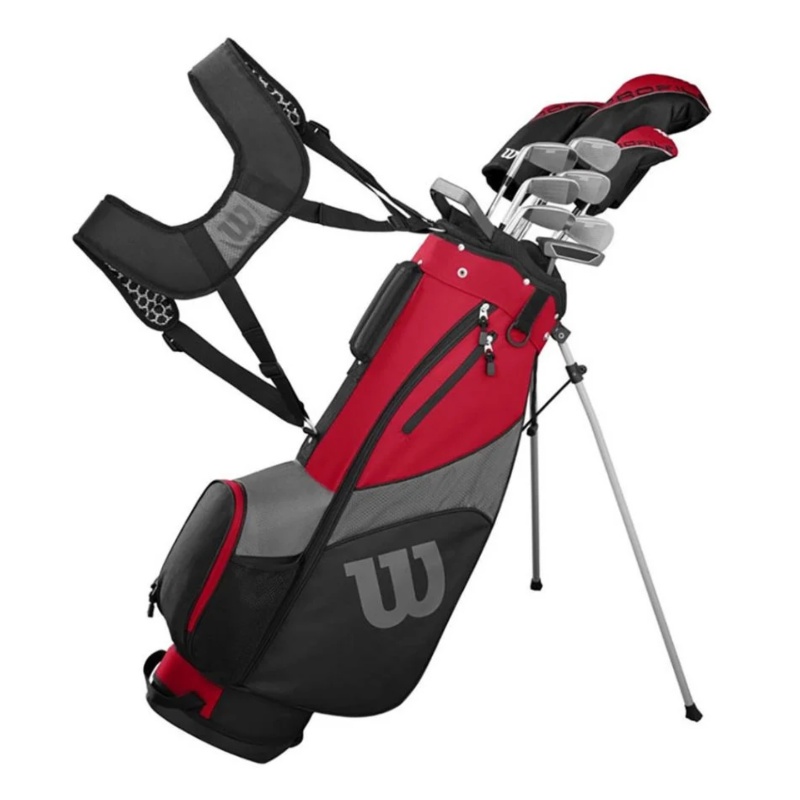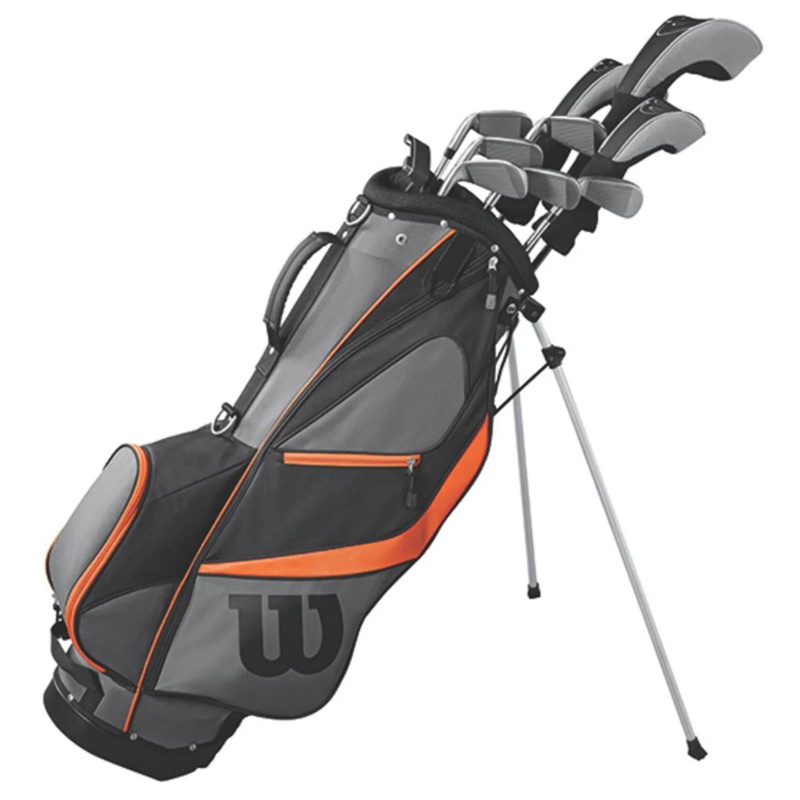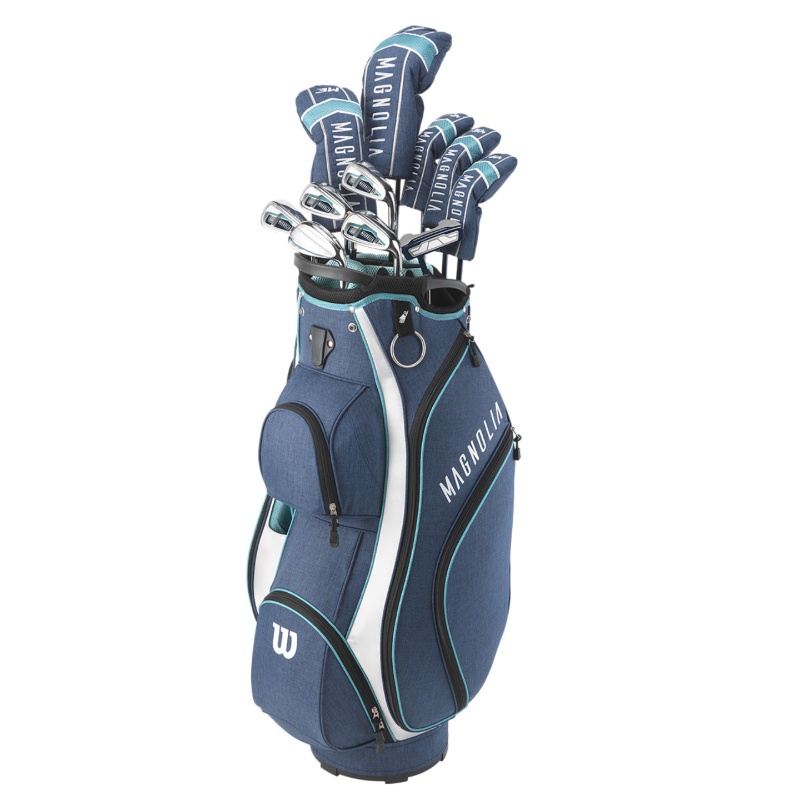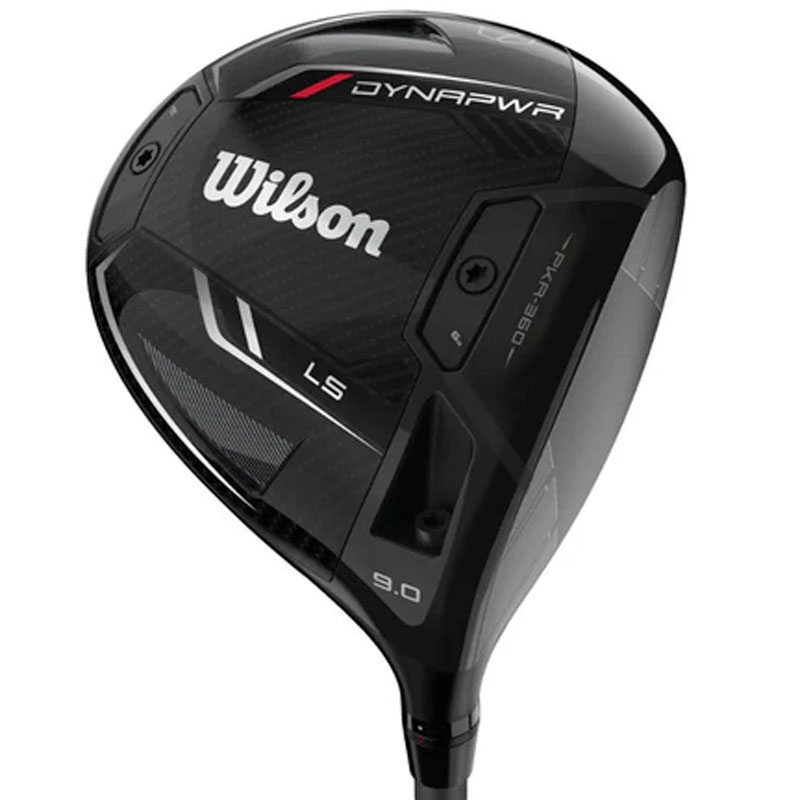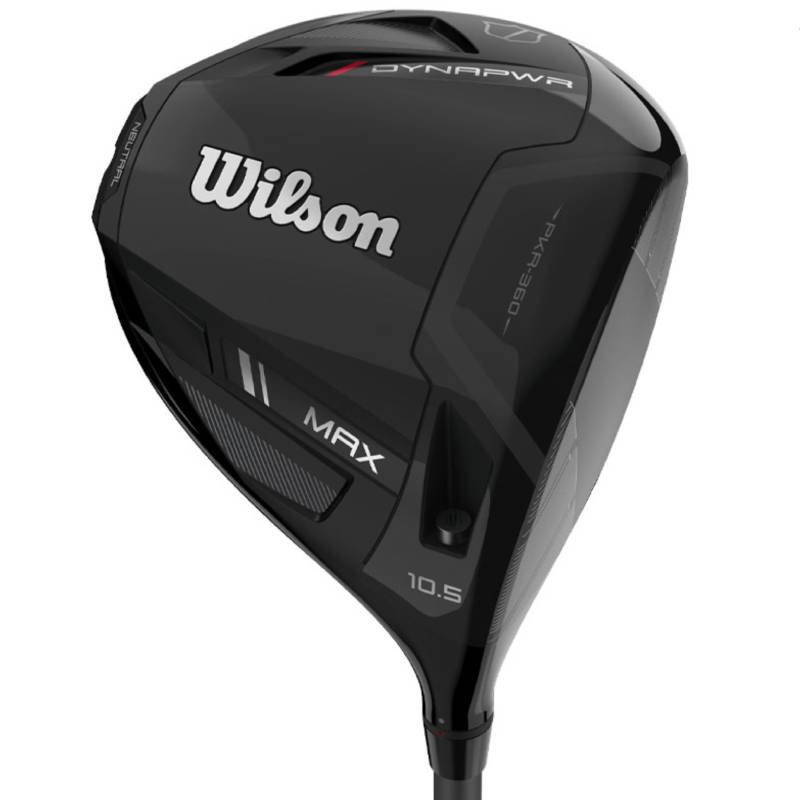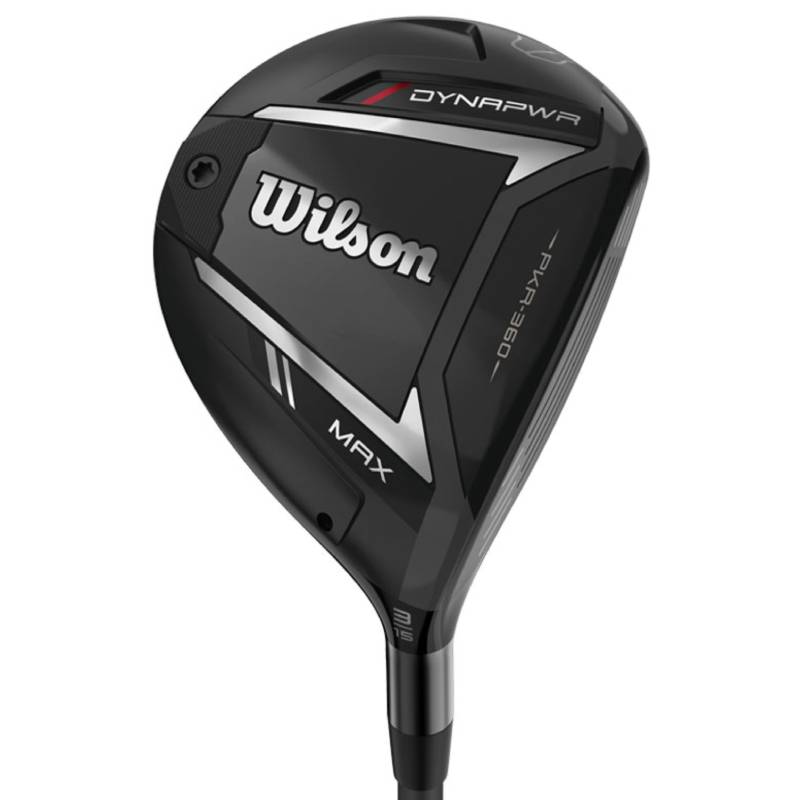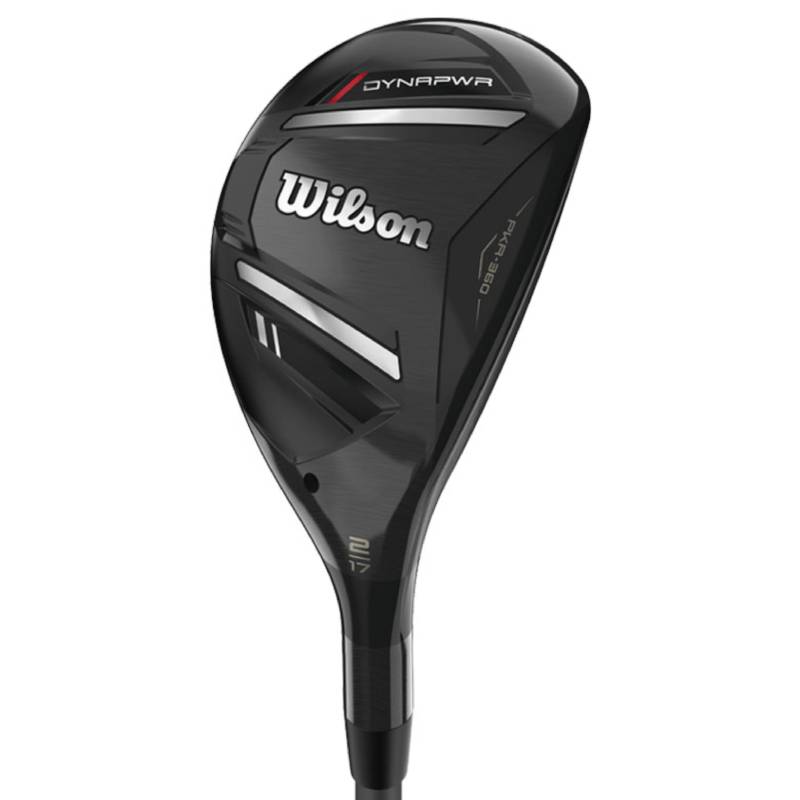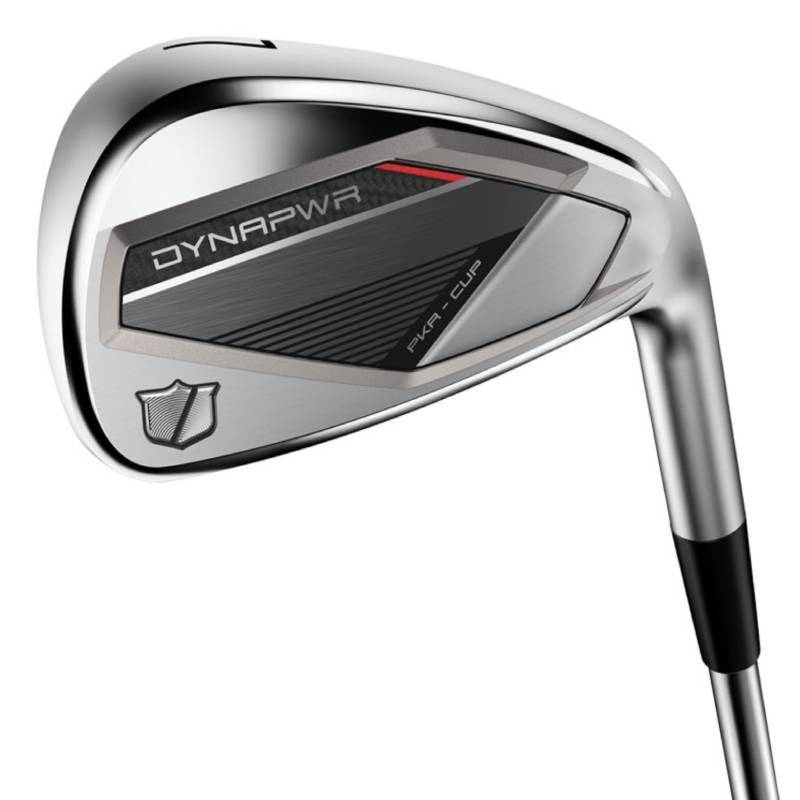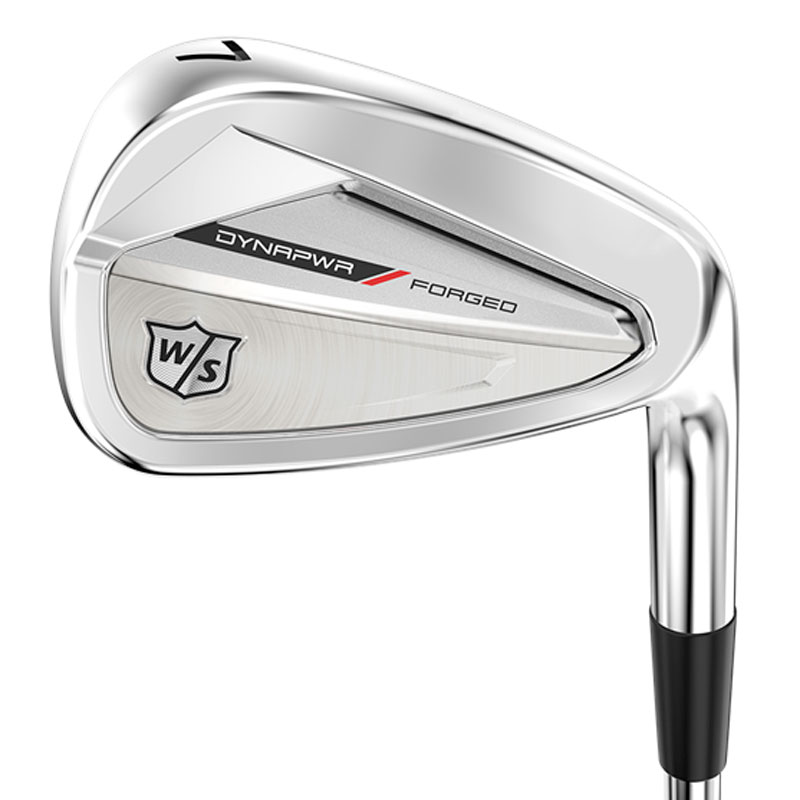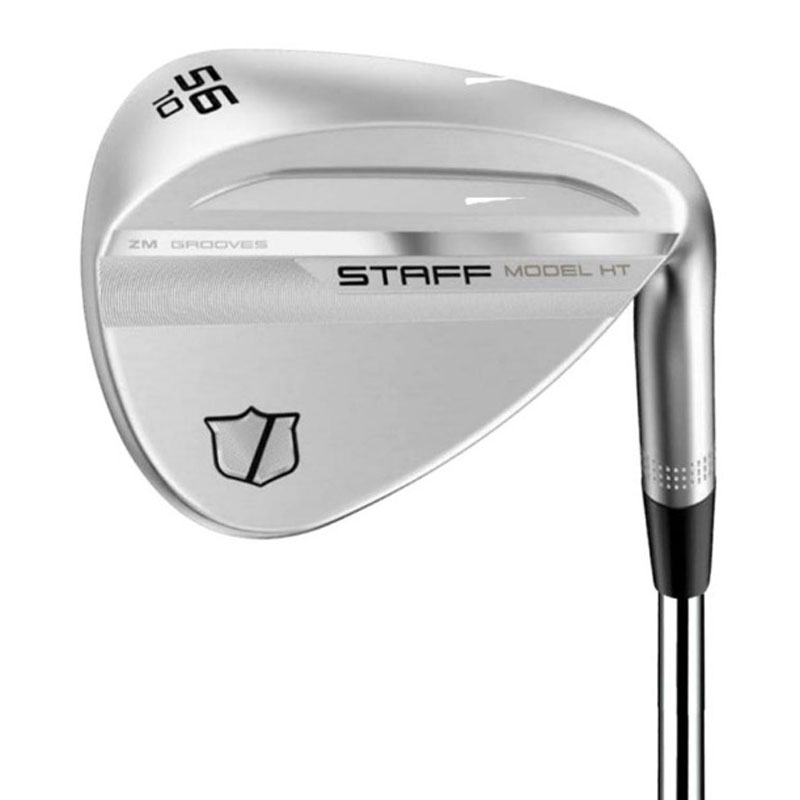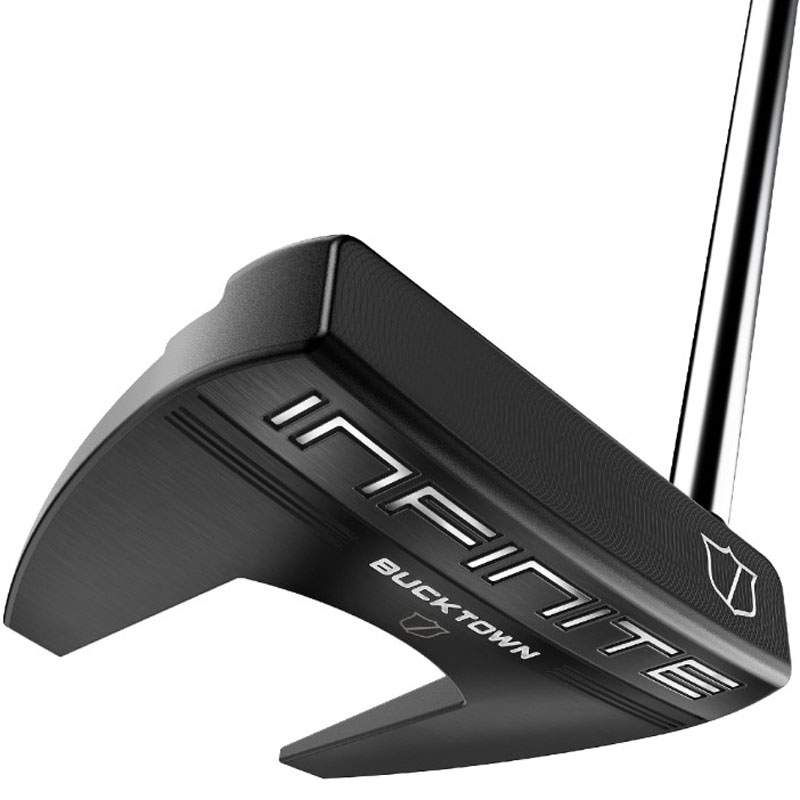Best Wilson Golf Clubs 2025
There are a number of fantastic Wilson clubs currently available and, here, we have taken a look at the best


Founded in 1914, Wilson has a long history in making top-quality golf clubs. The brand even claims that its irons have won more Majors than any other golf brand.
Wilson caters to a diverse range of golfers, covering junior players right up to Tour professionals. Our team has tried, tested and handpicked some of the best Wilson golf clubs in the company’s current lineup. Use this guide to find the best selection for your game, or check out some of our other guides, such as the best golf irons or best golf drivers for insights on other top brands.
Quick List
Load the next 6 products
Best Wilson Golf Clubs 2025
Package sets

Specifications
Reasons to buy
Reasons to avoid
The Player Fit Premium Package is a excellent set that thoughtfully bridges the gap between budget and more expensive club purchases. Included is a driver, a 3-wood, 4 & 5 hybrids, 6-iron to sand wedge, a putter and a trendy stand bag— all for under an RRP of $700.
In testing, the driver felt solid at strike and performed well despite being slightly soft in the shaft. Launching was easy and it was remarkably playable on mishits too. We thought it sounded marginally louder than some of the best drivers. Similarly, the 3 wood and hybrids provided a nice solid feel and were extremely easy to get airborne. Plus, these clubs cover a range of loft options.
In terms of aesthetics, the blade-style wedge looks fantastic and certainly pleases the eye. Visually, we weren't huge fans of the putter but nonetheless it's an excellent performer. The milled face feels premium and the high MOI mallet head is forgiving for off-center contacts.
On the whole, we were impressed with the Wilson Player Fit Premium Package Set. It's great value and includes everything you need for a round of golf—easily one of the best golf clubs sets. The stand bag looks stylish and comes with plenty of storage too.
- Read our full Wilson Player Fit Premium Package Set Review
Wilson Prostaff SGI Package Set
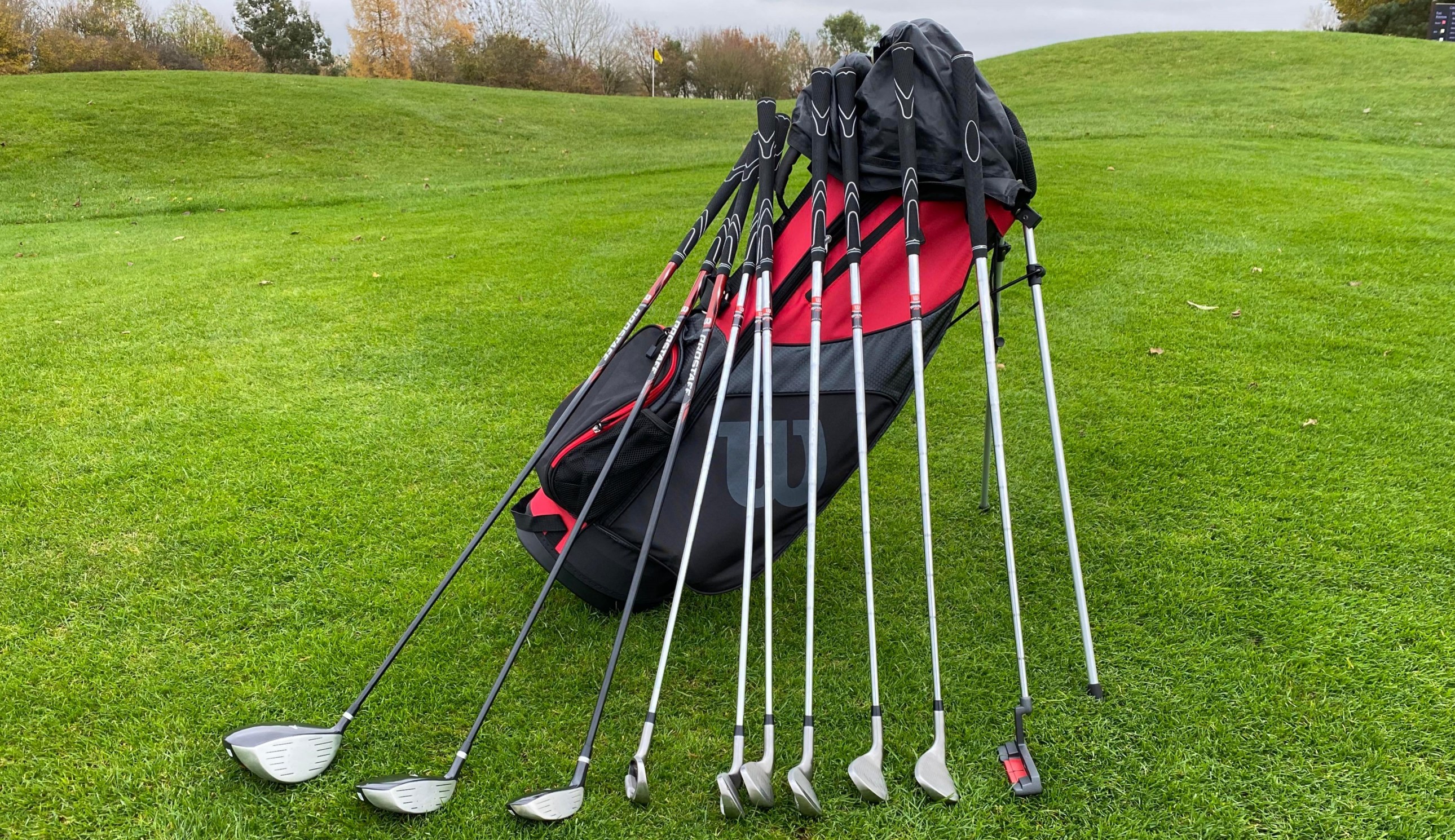
Specifications
Reasons to buy
Reasons to avoid
Golf can be a frustrating sport, especially for beginners who will want every bit of help getting the ball in the air. Enter: Wilson's SGIs. These clubs are very forgiving and the heads inspire confidence. The Wilson Prostaff SGI package is incredible value for money, offering a total of 10 clubs—driver, fairway wood, hybrid, 6-9-iron, two wedges, a putter and a bag.
But what really stood out for us was the irons and the putters. Fitted with sturdy regular flex shafts, the irons and wedges felt strong and robust when swinging, whilst the thick top line and large sweet spot made the ball feel huge when setup.
We believe the SGI is one of the best cheap golf sets money can buy. The irons achieved the desired forgiveness we needed, as did the wide soles of the wedges. Once again, this is a superb option for beginners looking for a a forgiving set won't break the bank.
- Read our full Wilson Prostaff SGI Package Set Review
Wilson X31 Golf Club Set
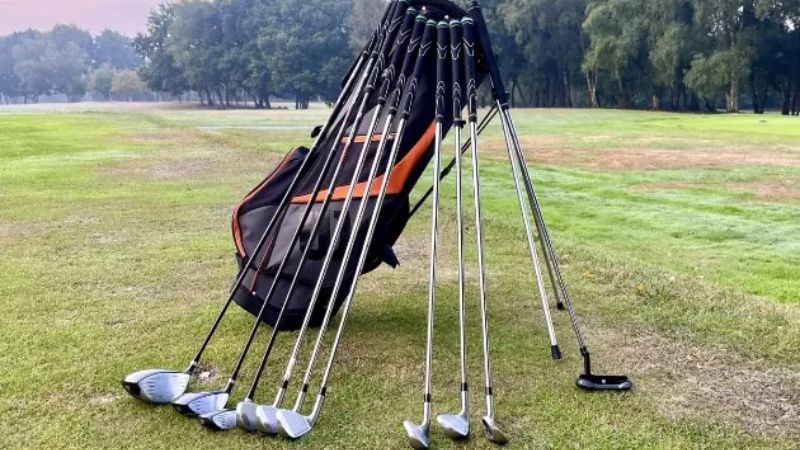
Specifications
Reasons to buy
Reasons to avoid
Wilson's X31 Golf Club Set is a cost-effective investment for golfers looking to build a solid foundation in all the key areas of equipment.
Right out of the bag, the irons really stood out to us with their simple, smart aesthetic. The toplines are decently thick and somehow don't feel too bulky or cumbersome. At address, these thicker top lines will definitely inspire confidence in high handicappers.
Then there's the three woods. Visually, we felt these were bland in comparison to irons. That said, the contrast of colors does help show the loft at address. As for performance, the woods felt easy to launch and there's definitely some distance available. The shaft length is an inch shorter than usual which may take getting used to. The putter features a straightforward heel and toe shape. Like the irons, it had strong, robust feel to it. Our only qualms were the grip and lack of headcover.
Overall, you get a lot of bang for your buck with the X31. The irons are fantastic and bag is a good size too. It's definitely a contender for one of the best golf club sets for beginners.
- Read our full Wilson X31 Golf Club Set Review
Wilson Magnolia Ladies Set
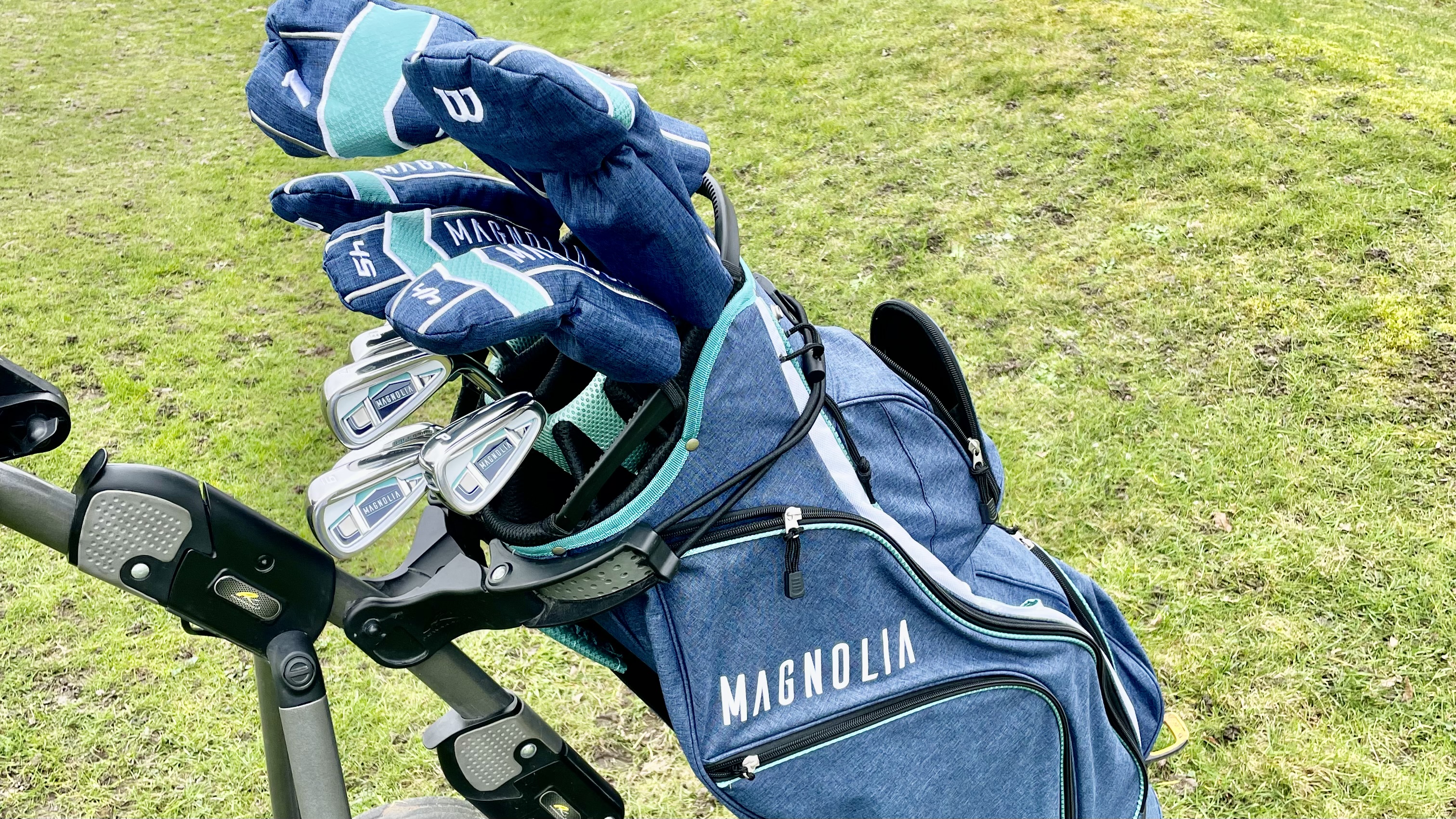
Specifications
Reasons to buy
Reasons to avoid
The Wilson Magnolia Women's Package set offers a driver, 3-wood, 4, 5, 6 hybrids, a full iron set (7-SW), a putter and a choice of a cart or carry bag. Suffice to say its an excellent option for female beginners looking to start playing with modern equipment.
The driver is high-lofted with an oversized head profile to increase confidence, forgiveness and maximum distance off the tee. Then, there's the fairway woods and hybrids. Both feature a big sweet spot as well as low weighting to make shots easier to play from a variety of lies. We found that the fang shape of the putter really makes this feel balanced and assists with a smooth, pendulum stroke.
On the whole, we were very impressed with how the clubs performed. It's definitely earned its place as one of the best women's golf sets. We also enjoyed the attractive blue trolley bag that's lightweight and offers plenty of pockets and storage.
- Read our full Wilson Magnolia Ladies Set Review
Drivers
Wilson 2025 Dynapwr LS Driver
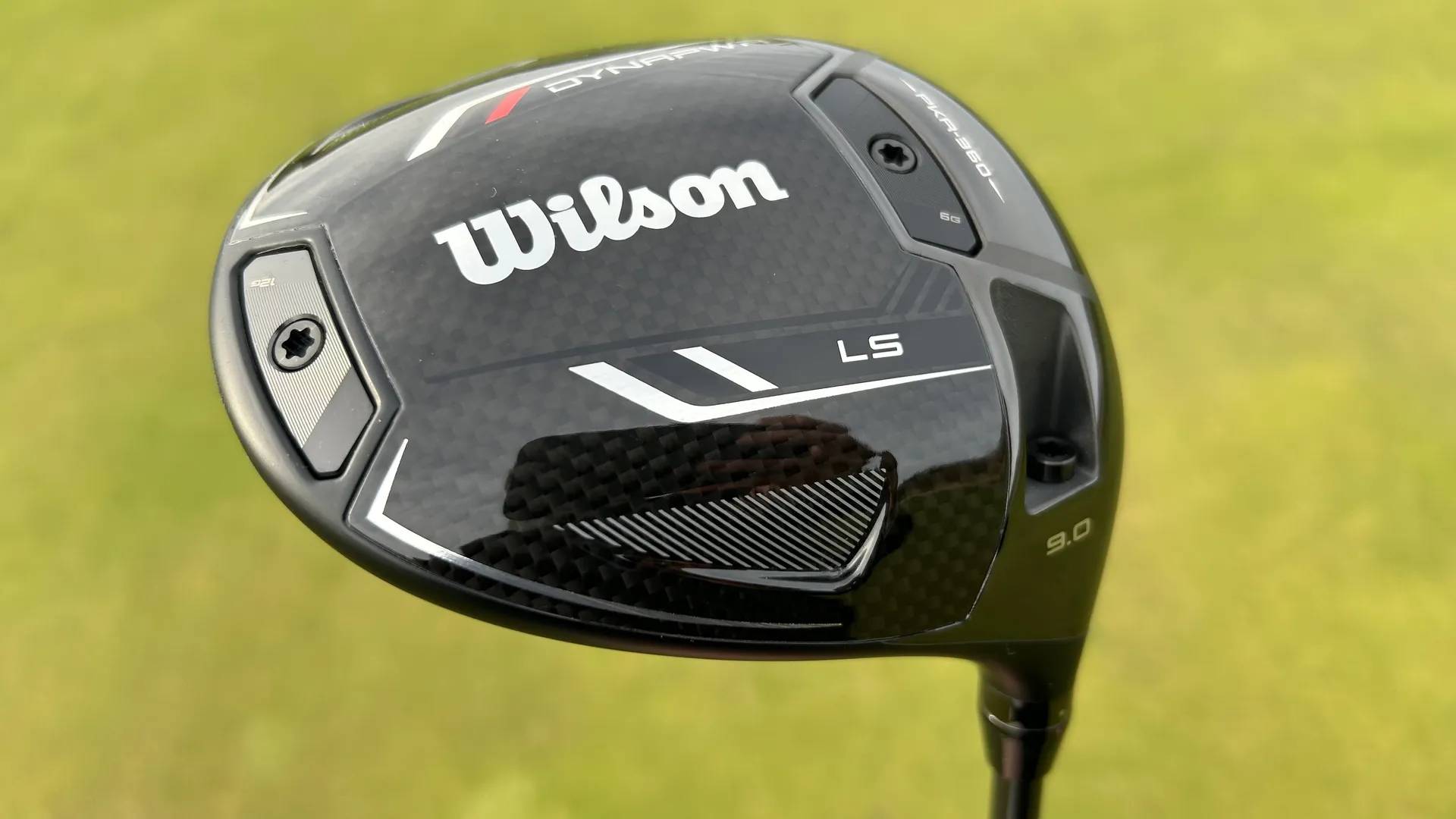
Specifications
Reasons to buy
Reasons to avoid
With models such as the Ping G440 LST and the Callaway Elyte Triple Diamond the low spin driver category is becoming increasingly competitive. Wilson is not to be left behind either with the introduction of the Dynapwr LS model selected here.
The Dynapwr LS features Wilson’s A.I.-driven PKR-360 technology which optimizes face and body dimensions for a larger sweet spot and faster ball speeds, even on off-center hits. Then there's the 'open hosel construction' that removes excess material and allows the face to flex a little more.
In testing, we found the strong fade bias means that this driver doesn't want to go left—ideal for players who struggle with a pull or a hook. We found the spin-rates aggressively low; we were barely averaging over 2000rpm, which is great news for fast swingers. On the whole, we were very impressed by Wilson's new 2025 Dynapwr LS driver. We'd recommend this to players looking to take out that left side (for a right-handers). Plus, it looks awesome and sounds fantastic too.
- Read our full Wilson 2025 Dynapwr LS Driver review
Wilson 2025 Dynapwer Max Driver
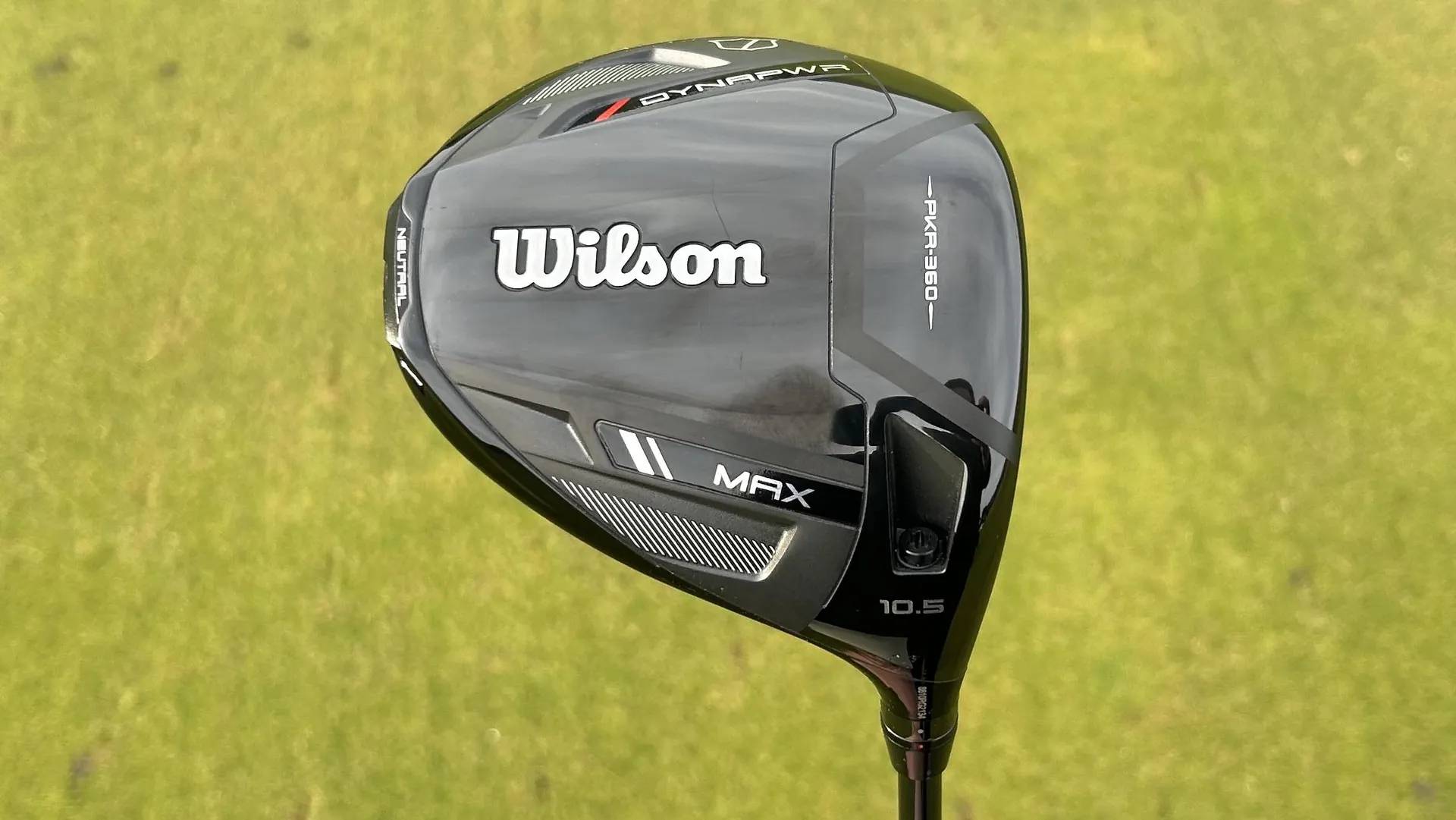
Specifications
Reasons to buy
Reasons to avoid
High MOI drivers dominated the 2024 season, with models like the TaylorMade Qi10 Max and the Ping G430 Max 10k leading the charge. We tested the Wilson 2025 Dynapwr Max to see if it could compete with some of the most forgiving drivers in the game...
Featuring an all-titanium 460cc head with a built-in draw bias, the Dynapwr Max is ideal for players looking to mitigate slice. A flippable 19g rear weight allows for some adjustability in the center of gravity too. As we mentioned before, we're big fans of this new glossy black aesthetic—it's sleek, clean, classy and just looks awesome!
In terms of performance, we tested the Dynapwr Max on a FullSwing KIT launch monitor using TaylorMade TP5 golf balls and found it felt secure, robust and delivered excellent forgiveness across the face. The spin rates were on the higher side (around 3000rpm) so clearly this driver isn’t suited for players with high swing speeds. The sound is slightly louder than the Carbon and LS models, likely due to its titanium construction, but it’s solid and satisfying without being harsh.
We think the Dynapwr Max is a standout in the 2025 driver lineup. It’s stable, forgiving, and visually appealing. All in all, a fantastic choice for golfers seeking consistency.
- Read our full Wilson 2025 Dynapwr Max Driver review
Fairway woods
Wilson 2025 Dynapwr Max Fairway Wood
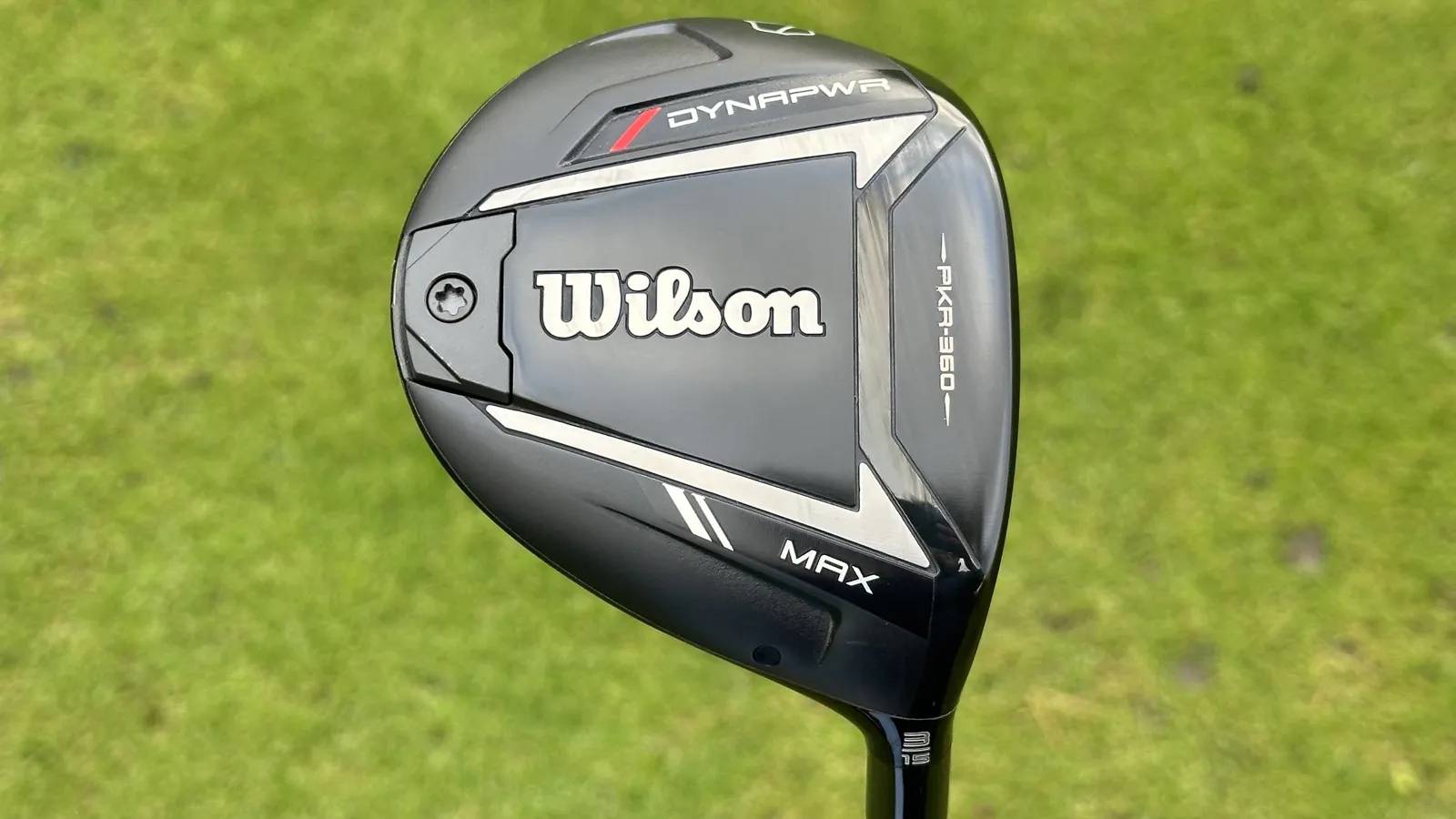
Specifications
Reasons to buy
Reasons to avoid
We put the second iteration of Wilson's Dynapwr Max Fairway wood to the test on a Foresight Sports GCQuad Launch Monitor as well as on the golf course using the new Titleist Pro V1x golf balls to see how versatile this club is and if it can be considered one of the best fairway woods of 2025.
In testing, the Dynapwr Max fairway wood delivers excellent forgiveness, but its distance potential is slightly limited due to its high-spinning nature. The 12g rear weight pulls the center of gravity (CG) low and back, making it one of the most stable and forgiving fairway woods we’ve tested in 2025. The ball flight were consistent and strong, largely due to the higher spin rate the Max produced 4183rpm on average.
Again, there are significant upgrades in the fairway wood's aesthetic. The gloss carbon crown is a big step up from the matte crown we saw last year and the sole of the new model looks far more sleek and premium. Down behind the ball, the Max model appears a little more user friendly than the likes of the compact Carbon head and will inspire a good amount of confidence in those who need it at address, especially from the deck.
- Read our full Wilson 2025 Dynapwr Max Fairway Wood Review
Hybrids
Wilson 2025 Dynapwr Hybrid

Specifications
Reasons to buy
Reasons to avoid
My next pck is the 2025 Dynapwr hybrid from Wilson, which offers a classic head shape with a slightly modern twist. The head appears somewhat compact although Wilson has extended the lower toe area as it identified this is a common miss for amateur golfers. To be honest, it isn't massively noticeable, instead the black and red finish really stands out.
Through impact the hybrid feels lively and produced generous ball speed, whilst it proved to be very forgiving as well, even from a variety of lies and from the rough. Additionally many players will like the high launch produced from this hybrid.
Now there are a couple of negatives to mention as well. First the Dynapwr has a bonded head which means there is no adjustability for loft and lie. For those that want a simple, fuss free hybrid, this won't be an issue, but given most of the other models on the market do offer this, I think Wilson might be missing a trick here. Finally the Wilson did produce quite a lot of spin and therefore did drop slightly in carry distance when compared to the competition.
However, given the price and the performance, the Wilson Dynapwr hybrid offers good value for money and is one of the most forgiving hybrids that I tested this year.
- Read our full Wilson 2025 DYNAPWR Hybrid Review
Irons
Wilson 2025 Dynapwr Irons
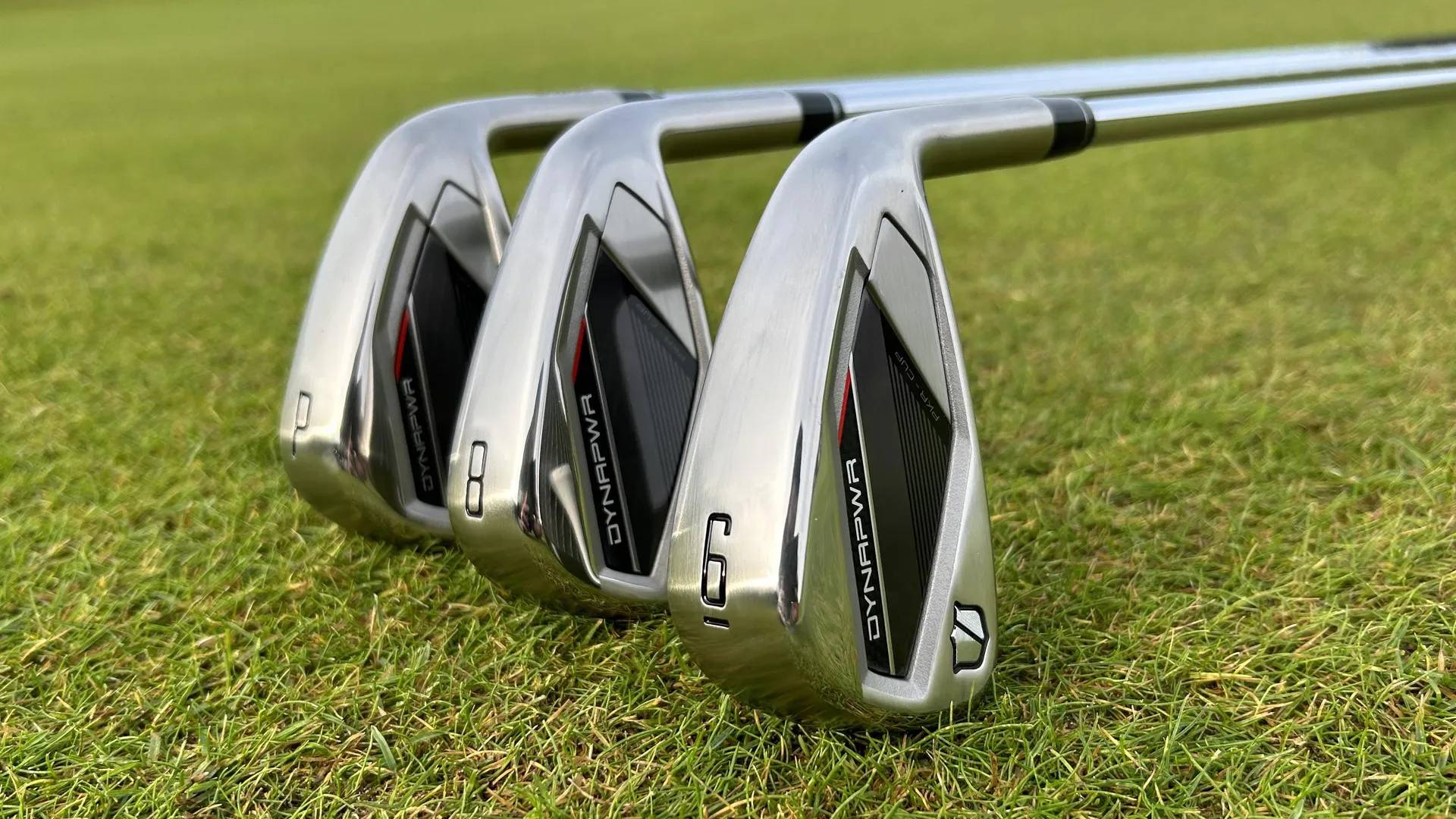
Specifications
Reasons to buy
Reasons to avoid
We put the latest iteration of Wilson's Dynapwr irons to the test to see if they could compete with the best golf irons on the market in 2025...
First things first: performance. The 2025 Dynapwr irons deliver some impressive ball speed which resulted in some strong distance numbers and the spin numbers were not unmanageably low either. This was definitely a plus point from a fairly strong lofted set (7-iron coming in at 28˚) These irons are designed for the inconsistent ball striker and indeed we found they retained ball speed even on some questionable hits. We think the new cup face and VOC tech makes these some of the most forgiving irons or the best distance irons in 2025.
Though, we weren't huge fans of the overall aesthetic of the irons. The lack of symmetry in the shaping didn't suit our eyes well and the hefty offset isn't disguised particularly well either. Of course, aesthetics are subjective and this might just be what today's golfers are looking for.
- Read our full Wilson 2025 Dynapwr Irons Review
Wilson Dynapower Forged Iron
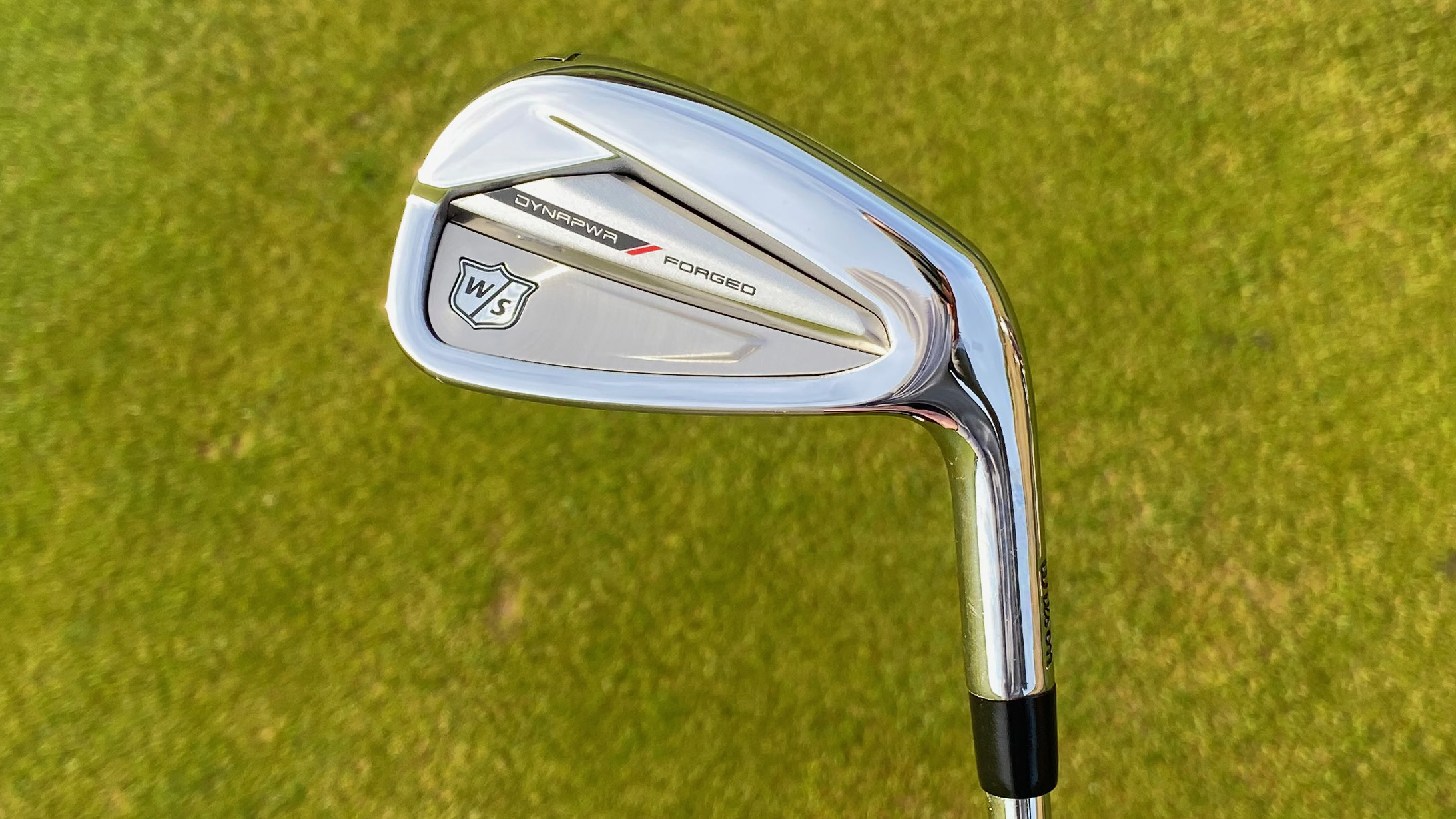
Specifications
Reasons to buy
Reasons to avoid
With the standard D9 iron slotting into the game-improvement iron category, the Forged is aimed at a slightly lower handicap bracket. As a result, these look more refined with a thinner topline and shorter heel to toe blade length. The sole is thinner as well.
In testing, they delivered from a performance perspective too, especially when it comes to feel. We felt they delivered an excellent combination of liveliness off the face, without being too harsh. The turf interaction also felt really good too and we could maneuver the ball well.
- Read our full Wilson Dynapower Forged Iron Review
Wedges
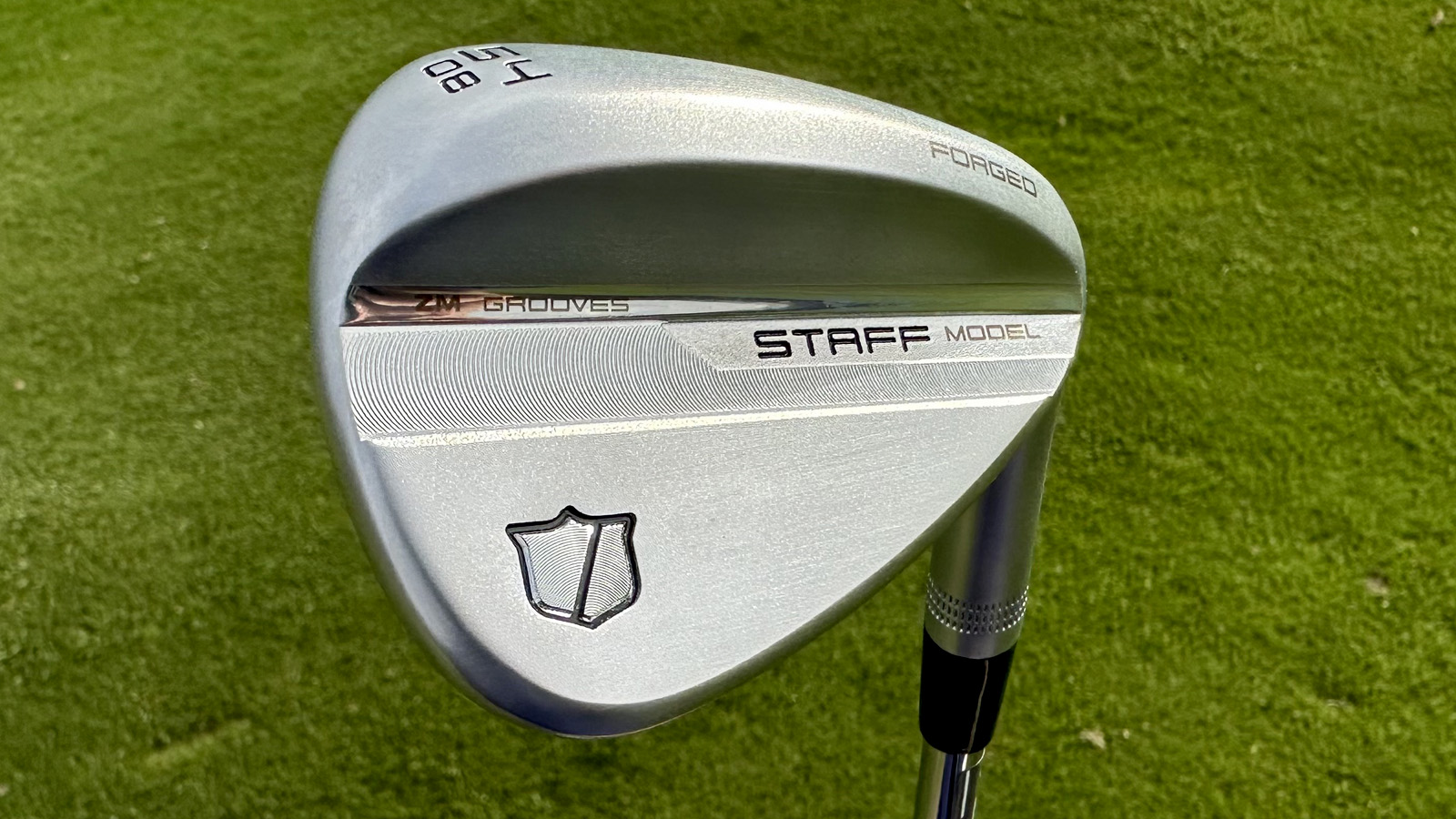
Specifications
Reasons to buy
Reasons to avoid
Boasting a real classic-looking profile, the overall detailing on the back of the ZM wedge is fairly simplistic. However, Wilson have refined certain aspects when it comes to aesthetics, such as the iconic shield logo that we associate with Wilson.
Behind the ball, it looks superb and we especially loved the leading edge which, although is on the straighter end of the spectrum, has enough curve to inspire a touch of confidence. What's more, the head itself is made from 8620 forged steel and has gone through garnet face blasting and ZM precision milling to create more friction and increase traction and performance, particularly in wetter conditions.
In testing, it was surprisingly firm off the face, whilst the spin produced was generous but nothing to write home about. One of the cool options we found that is offered by Wilson with these Staff Model ZM wedges is the high toe and full-face groove offering in the 56° to 60° wedges. This is something that will be personal preference, but it's nice to know there are options there if you need them.
- Read our full Wilson Staff Model ZM Wedge Review
Putters
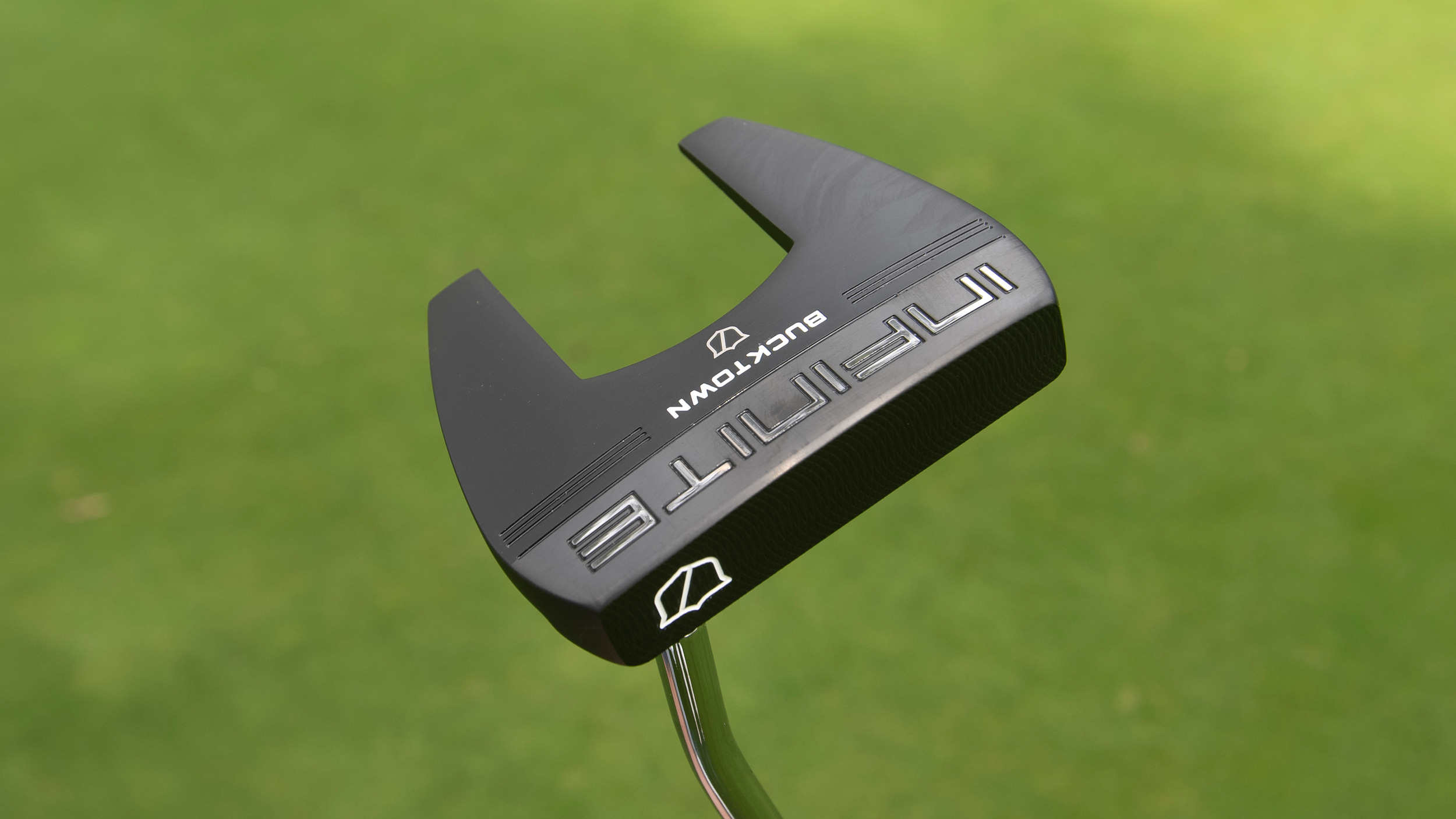
Specifications
Reasons to buy
Reasons to avoid
Out of the box, our first impressions of the Bucktown mallet putter we tried were very good. The oversized stock Pistol Karakal flat-sided grip is very large, which felt comfortable in our hands and, while it could have been a touch softer, it certainly helped quieten down any unwanted wrist action during the stroke.
At address, the fang-shape framed the ball nicely and it sat very low to the ground and flush to the grass. What's more, the three short white lines contrast vividly with the black head to assist with alignment. Also, interestingly, the middle of the three lines is slightly thicker, which helped center the ball on the face at address and return it there to impact.
In testing, we found it had a solid, stable feel, whilst the double milled pattern on the face meant that the acoustics, overall, were quite noticeable, especially on longer putts. Wilson are known for producing some of the best cheap putters and, with the Infinite Bucktown, it's no exception.
- Read our full Wilson Infinite Bucktown Putter Review
How we test
Here at Golf Monthly, we employ a rigorous testing procedure when reviewing any product on our website. All of our writers are experienced golfers who know and understand how to use golf equipment and can ably analyze the benefits and drawbacks of any product. Essentially, we look to test gear to help you make the most informed decision when purchasing a set of clubs or a pair of golf shoes. Specifically, when it comes to the best Wilson Staff golf clubs, we look to test each club in a variety of conditions on and off the course to give us the best possible insight into what that club offers.
Whether we're testing a driver or a putter, we will look to assess the benefits and features each club offers to understand who it is best suited to. We test each club out on the course too, in order to give us accurate readings on the distance it offers, how much spin we can put on each club and the general feel of the ball against the clubface. One thing to note is that we only use premium golf balls when testing new golf clubs and that manufacturers cannot buy a good review.
What to consider when buying Wilson clubs
When buying any golf club, there are many different aspects to consider before you make your purchase. From the length of the club to the type of grip on offer, it can sometimes be an overwhelming choice, which you need to think carefully about to get the right golf clubs that will help you perform on the course. For that reason, we've set out a handy list of points that will help you make the most informed decision, when purchasing your next set of Wilson Staff golf clubs.
1. Length
No matter what golf club you're buying, you need to get the right length of club for your height and swing. If you buy a club that is too long for you, there is a greater chance that you might hit the ball fat. Too short, and you're more likely to top the ball. For that reason, it is always wise to test each golf club before you buy it, and use our handy height guide to establish which length is right for you.
2. Type
One great thing about Wilson Staff is that they produce clubs for every type of golfer, from professionals right down to beginners. But it is important to make sure you're buying the right club for your abilities. Obviously, it is no good for junior or beginner golfers to be playing with forged irons that have little forgiveness. Cavity-backed irons are much more suitable for these kinds of players as they are a lot more forgiving than forged or bladed irons. For that reason, make sure you pick the right irons that are going to improve your game, not hinder it.
3. Loft and shaft flex
This pertains mostly to drivers but is also important for your long irons too. Having the right shaft flex on your clubs can seriously help you to strike the ball longer and further. That depends on your swing speed and if you have a low swing speed you're better off using a more flexible club shaft, while faster swingers are better off using a stiffer club shaft. Equally when it comes to driver loft, those with faster swing speeds are better off picking a driver with a lower loft, while slower players should opt for higher lofts to help them flight the ball better.
4. Mallet or blade?
When it comes to picking the right putter for you, you want to think about how much forgiveness you want to get from your flatstick. Mallet putters offer way more leeway on miss-hit shots than bladed putters, but slightly less feel and control. For that reason, mallets are better for beginner golfers who may be less experienced around the greens.
5. Budget
Budget is always a big factor you should consider when buying any golf club and our advice is to not always go with the most expensive offering on the market. Yes, if you are an experienced golfer looking to break into single digits, you may want to spend a little extra than someone just starting out in the game to get a top-quality set of clubs. But our advice is to always make a note of your budget before heading to the shop and to shop around as much as you can. That way you can secure yourself the best deal for the right clubs for you.
Speaking of shopping around, have you had a look at some of our other guides on the best golf manufacturers? Check out our guides on the best PXG golf clubs or best Tour Edge golf clubs.
FAQs
Are Wilson Golf Clubs Any Good?
Wilson might not enjoy the brand recognition of some of its competitors in the current market, but it makes outstanding golf clubs. Its forged irons for better players might be the company’s ultimate strength, but it also has developed some excellent game-improvement options in recent years to help mid- and high-handicappers improve their performance on the course. Additionally, Wilson is quietly assembling a loyal following in the metalwood space, as those products in recent years have been highly forgiving and tremendous values.
Do Any Pro Golfers Use Wilson Clubs?
Wilson’s presence on professional tours around the world has been on the rise in recent years, with the most notable player on Wilson’s roster of touring pros being Padraig Harrington. The Irishman won three Major championships in 2007-08 as a Wilson staff member and has been with the company ever since. Other prominent touring pros on Wilson's roster at present include Gary Woodland, winner of the 2019 U.S. Open at storied Pebble Beach, as well as Kevin Kisner, Brendan Steele, and Kevin Tway.
How many majors have been won with Wilson golf clubs?
Wilson has an incredibly storied history in the game of golf and, at one time, was the most dominant equipment manufacturer in the game, with its products having been played by the likes of Gene Sarazen, Arnold Palmer, and Sam Snead, among others. In all, Wilson clubs have been in the bag for 62 major championship victories, including most recently Gary Woodland’s 2019 U.S. Open win at Pebble Beach and all three of Padraig Harrington’s Major championships.
Subscribe to the Golf Monthly newsletter to stay up to date with all the latest tour news, equipment news, reviews, head-to-heads and buyer’s guides from our team of experienced experts.

Joel has worked in the golf industry for over 15 years covering both instruction and more recently equipment. He now oversees all equipment and video content at Golf Monthly, managing a team of talented and passionate writers and presenters in delivering the most thorough and accurate reviews, buying advice, comparisons and deals to help the reader or viewer find exactly what they are looking for.
One of his career highlights came when covering the 2012 Masters he got to play the sacred Augusta National course on the Monday after the tournament concluded, shooting a respectable 86 with just one par and four birdies. To date, his best ever round of golf is a 5-under 67 back in 2011. He currently plays his golf at Burghley Park Golf Club in Stamford, Lincs, with a handicap index of 3.1.
Joel's current What's In The Bag?
Driver: Titleist GT3, 9°, Fujikura Ventus Black 6 S shaft.
Fairway wood: Titleist TSR3, 15°
Hybrid: Titleist TSi2, 18°
Irons: Titleist T150, 4-PW
Wedges: Titleist Vokey SM10, 50°, 54° and 58°
Putter: LAB Golf DF3
Ball: 2025 Titleist Pro V1x
- Joe FergusonStaff Writer
- Sam De'AthStaff Writer
